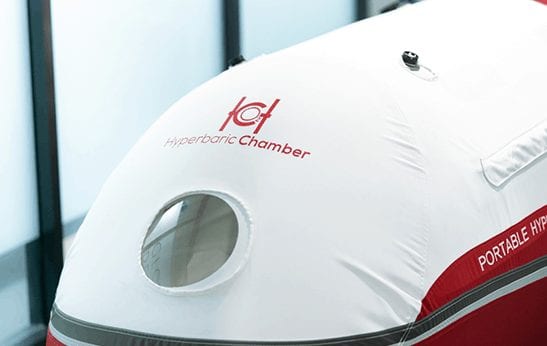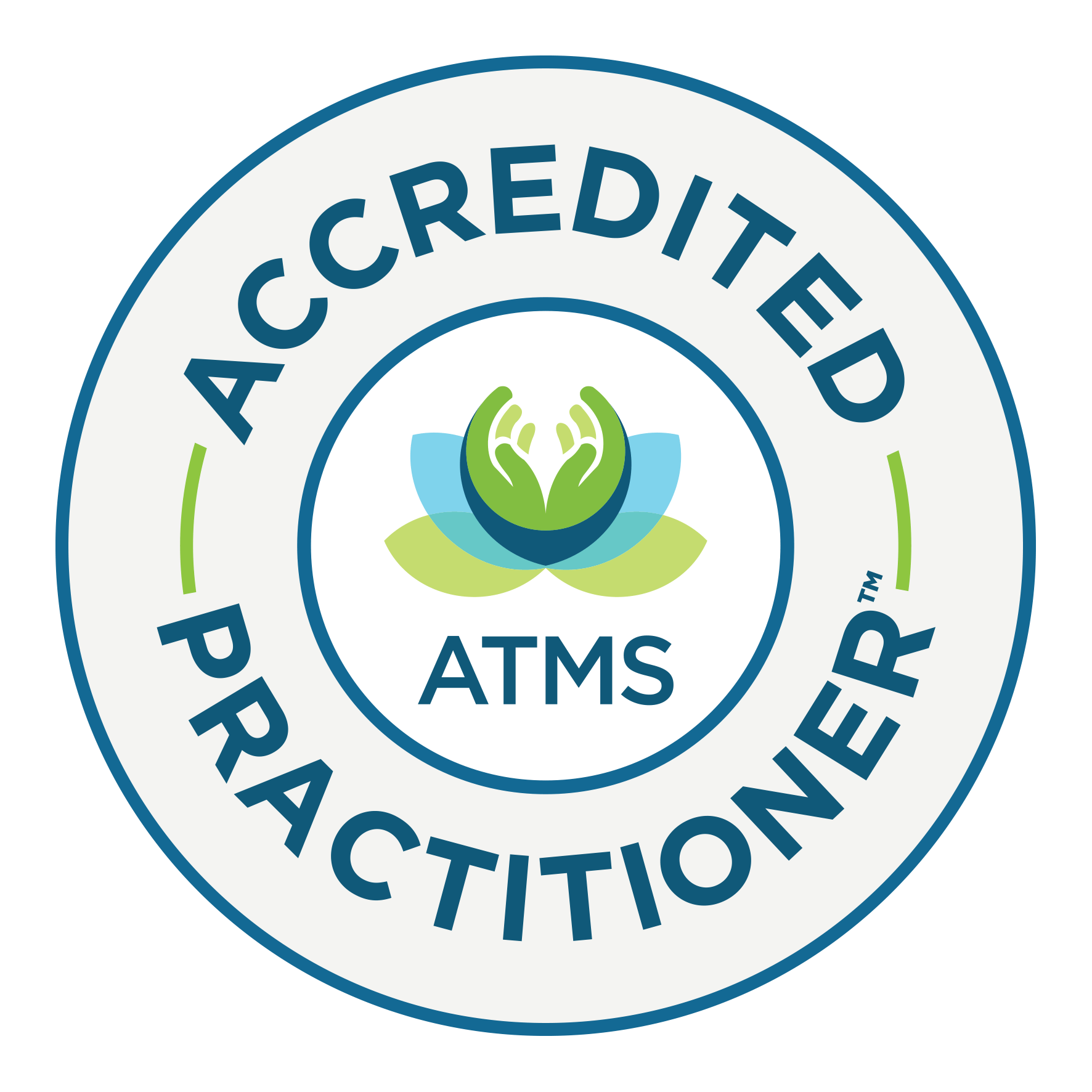When your body is under pressure, oxygen dissolves into your blood plasma, the extra oxygen is able to reach tissues it is not normally able to reach. This enhances your body’s natural ability to heal. Hyperbaric oxygen therapy or HBOT is therefore helpful in speeding up the healing process for acute injuries and conditions, as well as chronic illnesses.
In order to get an understanding of what and how HBOT works we should first cover just a couple of concepts.
- ATA = Atmosphere Absolute and at sea level air is at an ATA of 1. When we are standing at sea level we have 1 ATA (pressure) of air above us.
- In physical chemistry, Henry’s law is a gas law that states that the amount of dissolved gas in a liquid is directly proportional to its partial pressure.
Putting it all together – At sea level we have a certain amount of oxygen that is dissolved in our plasma (plasma is the liquid that our blood cells swim in). When the air pressure around us increases, in other words there is an increase in ATA, the amount of oxygen dissolved in the blood increases as well.




